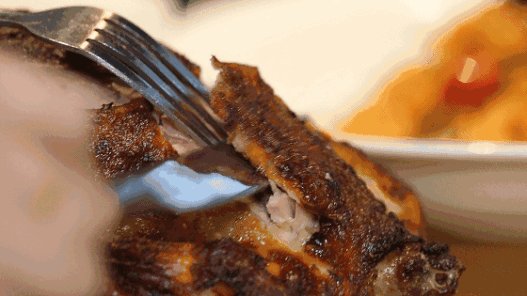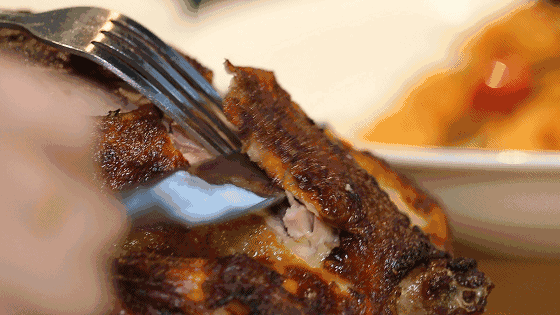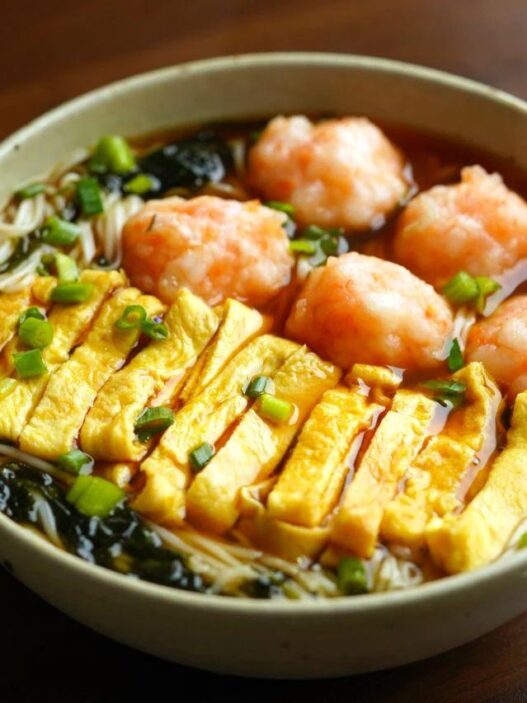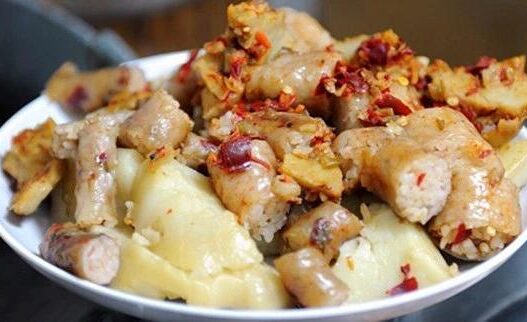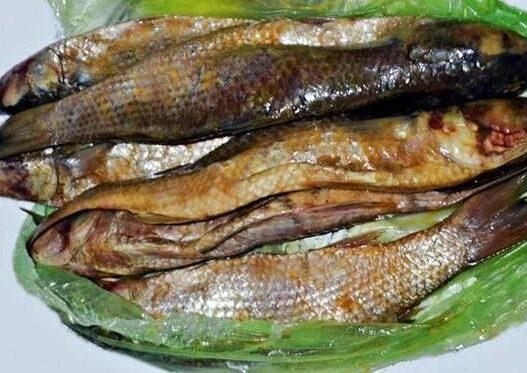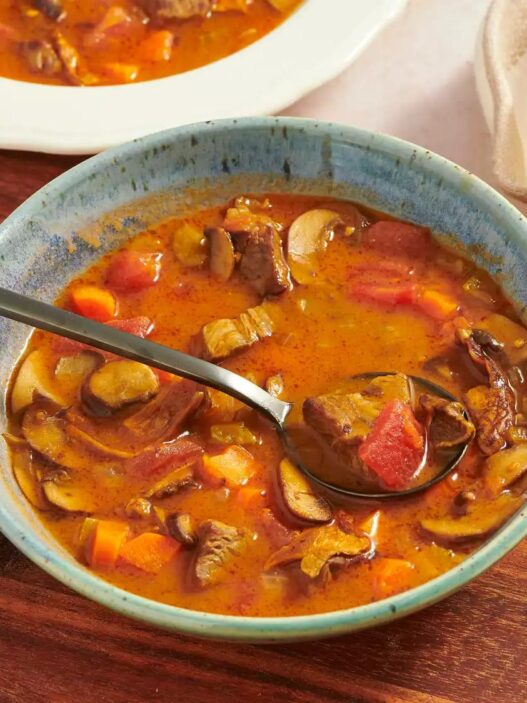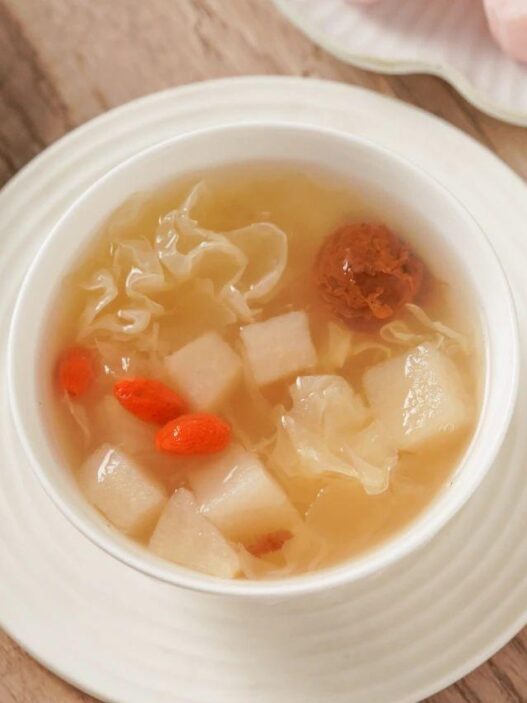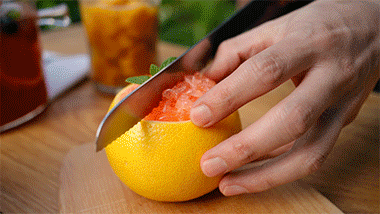Why Turkish Cuisine is Ranked Among the “Top 3 Cuisines in the World”
There’s a popular saying that the world boasts of three culinary giants. Alongside the renowned Chinese cuisine, the other two are French and Turkish cuisine. While French cuisine is world-famous for its elegance, what makes Turkish food stand out as equally prestigious?

The Mediterranean Influence
There’s an old saying: “Live by the mountains, eat the mountains; live by the sea, eat the sea.” Turkey, at the crossroads of Europe and Asia, is surrounded by water on three sides—the Mediterranean and Black Seas. This unique location plays a key role in shaping the Turkish diet. Historian Fernand Braudel, in his book The Mediterranean and the Mediterranean World in the Age of Philip II, calls wheat, olive oil, and wine the Mediterranean’s “three treasures.” These form the backbone of Turkish cuisine.

Most of modern Turkey, including its largest city, Istanbul, was part of the Byzantine Empire before the Middle Ages. Barley and wheat were the primary staples for the Byzantines. These grains were ground into flour and made into bread, which was central to their diet. It wasn’t until the 10th century that rye and oats became common. Today, you can still see Byzantine influences in Turkish food, with bread and flatbreads like pita being key elements of everyday meals.
The Role of Pita and Olive Oil
While rice holds a significant place in countries like China, it’s not as dominant in Turkey. Turks enjoy rice, but it’s typically prepared with onions fried in oil, then mixed with tomatoes, salt, and cooked with a bit of hot water. The dish is usually served alongside lamb stew, not as a standalone main course.

Olive oil, the second treasure of the Mediterranean, also has a special place in Turkish cuisine. During the Byzantine Empire, olives and olive oil were the primary fat sources, and they became a staple in Ottoman Turkey as well. You’ll often find dishes drenched in high-quality olive oil, with salads like “Sarat” made of fresh vegetables—like sweet potatoes, cucumbers, onions, peppers, and black olives—topped with a generous amount of olive oil.

A Key Ingredient: Eggplant
Eggplant, another Mediterranean staple, appears frequently in Turkish dishes. A popular dish, “Kumpir” (roasted eggplant), involves frying the eggplant in olive oil and stuffing it with sautéed onions, garlic, and tomatoes. In Turkey, this dish is humorously called “Imam Bayildi” (meaning “the Imam fainted”). Legend has it that an Imam (a Muslim cleric) once received twelve jars of fine olive oil as a dowry from his bride’s father. She used it to cook eggplant with tomatoes and onions for their meals. After twelve days, when the Imam realized the olive oil had run out, he fainted from shock.

Though the Mediterranean “three treasures” are not unique to Turkey—Greece, Italy, and Spain all share similar diets—Turkey’s geographical location, nestled between East and West, gives its food a rich, diverse, and exotic flavor.
The Influence of Eastern and Western Cultures
Turkey has long been a crossroads for trade and culture, especially due to its role as a key stopping point on the Silk Road. The introduction of tea into Turkish culture, for example, came from China. Though Turks were originally more accustomed to drinking coffee, the affordability and availability of tea quickly made it a national favorite, eventually replacing coffee. Interestingly, Turks drink their tea hot and sweetened with sugar, even though black tea is traditionally associated with cooler climates.

The Legacy of the Ottoman Empire
Modern Turkish cuisine largely stems from the culinary traditions of the Ottoman Empire. The vast, multi-ethnic, and culturally rich Ottoman Empire brought together a mix of Eastern and Western influences, which is why Turkish food is so varied and flavorful. The Ottoman ruling class was Muslim, speaking Turkish and Persian, and inherited many culinary traditions from Byzantium.

The heart of the Ottoman Empire lay in regions like Anatolia and the Balkan Peninsula. These areas, with their diverse landscapes, provided a variety of ingredients for the kitchens of the empire. The advanced trade routes allowed the Ottomans to access spices and ingredients from South Asia and Southeast Asia, leading to the creation of many new and exciting dishes in the palaces.
Regional Variations in Turkish Cuisine
Just as China boasts its Eight Great Cuisines, Turkey’s regional cuisine also differs dramatically. Coastal areas focus more on seafood and vegetable-based dishes, particularly in the Aegean, while the Black Sea coast is known for its fish and corn dishes. The Aegean region, for example, heavily uses olive oil, making it quite distinct from the meat-heavy kebabs of other areas.
Here are some iconic dishes that highlight Turkey’s diverse and rich food culture:
Kebab
The most famous Turkish dish, Kebab, is part of a broader Middle Eastern tradition of grilling meat. The origins of grilling meat date back over 3,000 years to the Minoan civilization. The Turkish kebab comes in many forms—ground meat, fried, or stewed, and is often served with a variety of spices.

Manti
Similar to Chinese dumplings, Manti is small, doughy, and typically filled with meat and spices. This dish is believed to have been introduced to Turkey from the Mongol Empire through the Silk Road, later adapting to Turkish tastes with the addition of yogurt.

Dolma
Stuffed vegetables, such as grape leaves, are a classic Eastern Mediterranean tradition. Dolma, which means “stuffed,” is a dish where grape leaves are wrapped around a mixture of rice, spices, and various fillings.

Lahmacun
Known as Turkish pizza, Lahmacun is a thin flatbread topped with minced meat, vegetables, and spices, then baked. Unlike Italian pizza, it’s traditionally not topped with cheese.

Lokum
Lokum, also known as Turkish Delight, is a sweet confection made from gel, nuts, and flavored with rosewater, orange blossom, or other aromatic spices. This iconic dessert has roots in the Ottoman Empire, dating back to the 18th century.

Baklava
A rich pastry made of layers of filo dough, filled with nuts and drenched in syrup, Baklava is believed to have originated in the Ottoman Empire and remains one of the most beloved Turkish desserts.




